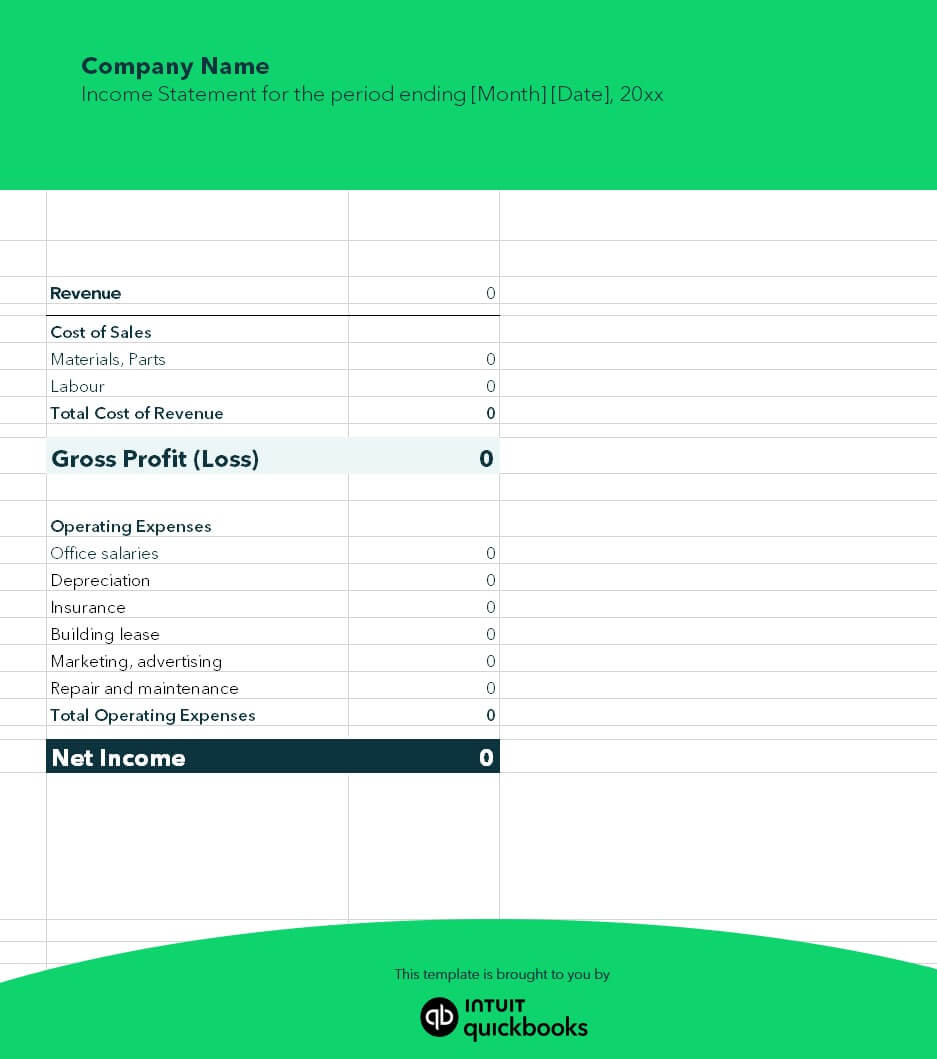

Handling your small-business finances requires more than just knowing what’s in your bank account. Business owners use different types of financial statements including income statements, balance sheets and cash flow statements to gain a better perspective of their company’s current financial state. Each of the three main financial statements focus on a particular aspect of your finances and provide a snapshot of the financial performance of your business. While an entire set of financial statements tells the complete story of an organisation, each report can stand on its own for different purposes and is often used for external reporting.
Our financial statement templates and examples will allow you to get a better handle on your accounting and can be a useful tool when courting investors or applying for a small business loan.
In this article you will learn about:
As a business owner it’s important to understand financial statements because financial reporting is the most objective way to assess your company’s financial health and gain important business insights to help you make informed business decisions. In this video, we cover income statements, balance sheets and cash flow statements.

As a business owner, you need to have a handle on the money coming in and going out of your business; to that end, an income statement shows your company’s revenue and expenses . When you create this report, you group and classify the expenses according to the type of cost.
For example, product expenses relate to the cost to produce the goods, selling expenses are related to the costs of customer outreach and product delivery, and administrative costs correlate to general company expenses. After you deduct the expenses from revenues, you report the net income at the bottom of the business financial statement template you’re using.
This income figure comes in handy as an overall summary regarding the profitability of your business, and you’ll need it to calculate your retained earnings after accounting for dividends that you pay out. You can use it to track expenses and calculate earnings, particularly useful when you compare the information to previous years.Business owners often align the income statement with their budget to analyse spending compared to the budget for their chosen period of time.
Below is an income statement example. Follow the steps below to fill out our income statement template.

A balance sheet reports your company’s assets as they compare to your liabilities and shareholders’ equity. It shows what you own, what you owe, and the amount invested by shareholders. In general, businesses either own assets or finance them through debt. The total dollar amount of your assets equals the total dollar amount of liabilities and owner’s equity. In other words, your assets = liabilities + shareholders’ equity. Both sides of the equation have to be the same to balance it out.
For example, if you have a shareholder who invests $5,000 into your company, your shareholders’ equity and your assets increase by that amount. Since both sides increase by $5,000, they stay balanced.
In addition, the asset and liability sections break out accounts based on the longevity of the balances. For instance, you report the long-term debt on a different line than the current debt. The balance sheet is most useful in short periods of time: It’s the only financial statement based on a particular period of time. While other financial statements like the income statement aggregate sales throughout a period, the balance sheet only reflects the current balance, such as how much cash you have in the bank at the date of the report. This makes the balance sheet useful for liquidity and solvency analysis.
Below is a balance sheet example. Follow the steps below to fill out our balance sheet template: